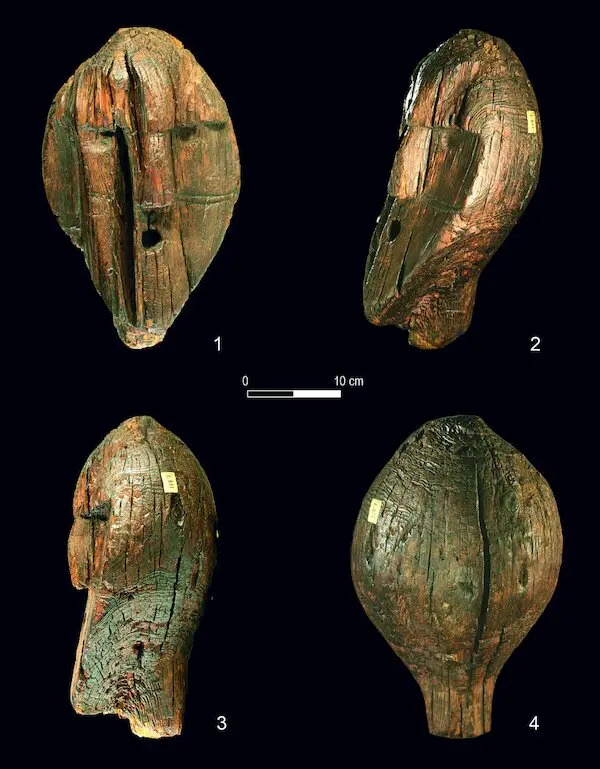The Shigir Idol

Top 4 in Top 13 Stone Age Mysteries
The Shigir Idol was discovered in 1894, deep within a peat bog in Russia's Ural Mountains. It dates back to the early Holocene epoch, also known as the "Age of Man," and is 12,500 years old, making it twice as old as Egypt's iconic pyramids. The idol itself is a preservation miracle. It was discovered in fragments and stood roughly 9 feet (2.75 meters) tall after being repaired. It was carved from the wood of a 156-year-old Larch tree. However, according to the sketches of archaeologist Vladimir Tolmachev, it was over twice that height at one time!
The huge artwork features seven faces: a three-dimensional face on top, and six more carved on the idol's torso. Alongside the beautifully carved faces are a series of abstract designs such as chevrons, herringbone, and diagonal and horizontal lines. Experts have yet to decode the phrase that was precisely carved onto the surface of the sculpture. Nonetheless, it is considered that the sculptor's geometric designs have a special purpose. According to some ideas, the lines represent the boundaries between the spiritual and physical worlds, and they may resemble a graphical map or have some connection to the deities of the time.
Discovered: January 24, 1894
Location: Shigir, eastern edge of the Central Urals, near Kirovgrad













